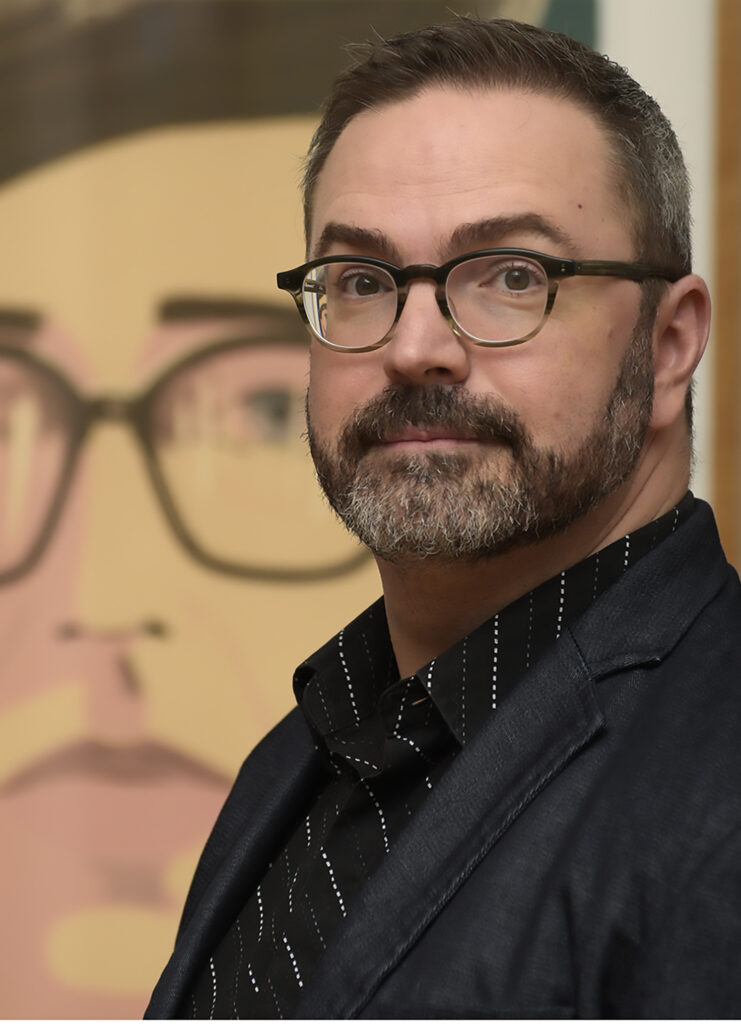
Interview with Mark Wonsidler, Curator, Exhibitions and Collections at Lehigh University Art Galleries and Linda Ganus Albulescu, Adjunct Faculty at Lehigh University, on Dec. 22, 2021.
LGA: Hi, Mark! Thanks so much for sharing your process of curating these four interconnected exhibits currently at Lehigh University right now. I know that LUAG (Lehigh University Art Galleries), along with other departments at Lehigh, celebrates 50 years of co-education at Lehigh this year. I liked how you tied this show in with another exhibit of women photographers at Lehigh, held ten years ago. Did you have specific perspectives that you were thinking about to celebrate this year? Or did you decide to highlight artists that hadn’t been as prominently featured in the last exhibit?
MW: We tried to focus on works that weren’t included in the 40th year exhibition, so that there would be a fresh view. Growth in our collection has definitely happened. You’re probably aware of the large photography gifts that we’ve received from people like George Stephanopoulos over the years. At the same time, there are also amazing voices, like Lydia Panas, for example: an artist whom we have collected intentionally who is doing work that is current, but also, local in the sense that she’s drawing on the community. We often recognize folks in her photographs. She is also plugged into some really far-reaching dialogues in contemporary photography in terms of conceptual strategies, different kinds of effect/storytelling, or what the relationship is between the author and the subject. What’s being revealed through the photograph—how much it is an opaque medium, versus a transparent medium.
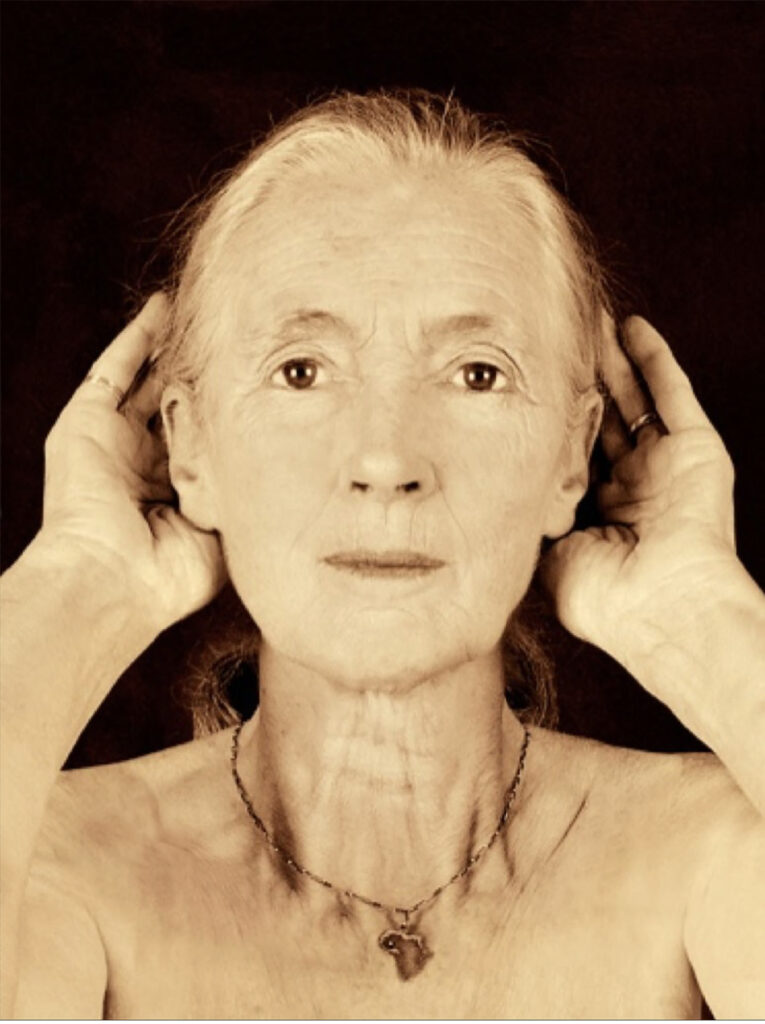
LGA: One of the other things that I found really welcome is the student input, as far as authorship, such as research and writing for the exhibit, and the forward-facing undergraduate scholarship that they were able to bring to the project. What were some of the different ways in which they were able to be involved?
MW: We’ve really been trying to grow our capacity to work with students in the last several years, and we see them as a resource. They are also our reason for being here at the university; they are so interested, curious, and passionate about finding things out. We’ve been cultivating a growing team of work-study students, interns, and people who want to volunteer for us: students who are taking classes that are either related to the museum, or directly connected to it, and that’s been wonderful to see. It’s one of our advantages as a university art museum, to be able to use the exhibitions to highlight the educational role of the museum within the university and the ways that students are participating.
LGA: The four exhibits on different parts of the campus serve as a place for activism, making visible women’s creative voices. From highlighting ecofeminism, to creating fictional narratives that can be read in a more symbolic way, to critiquing and chronicling the terrible domestic abuse of women, and more. It’s important for women’s activism, to make tangible how people can get involved in a positive way, visibly highlighting stories that may have been suppressed. How did the galleries and the students approach explaining these stories via wall texts for the public?
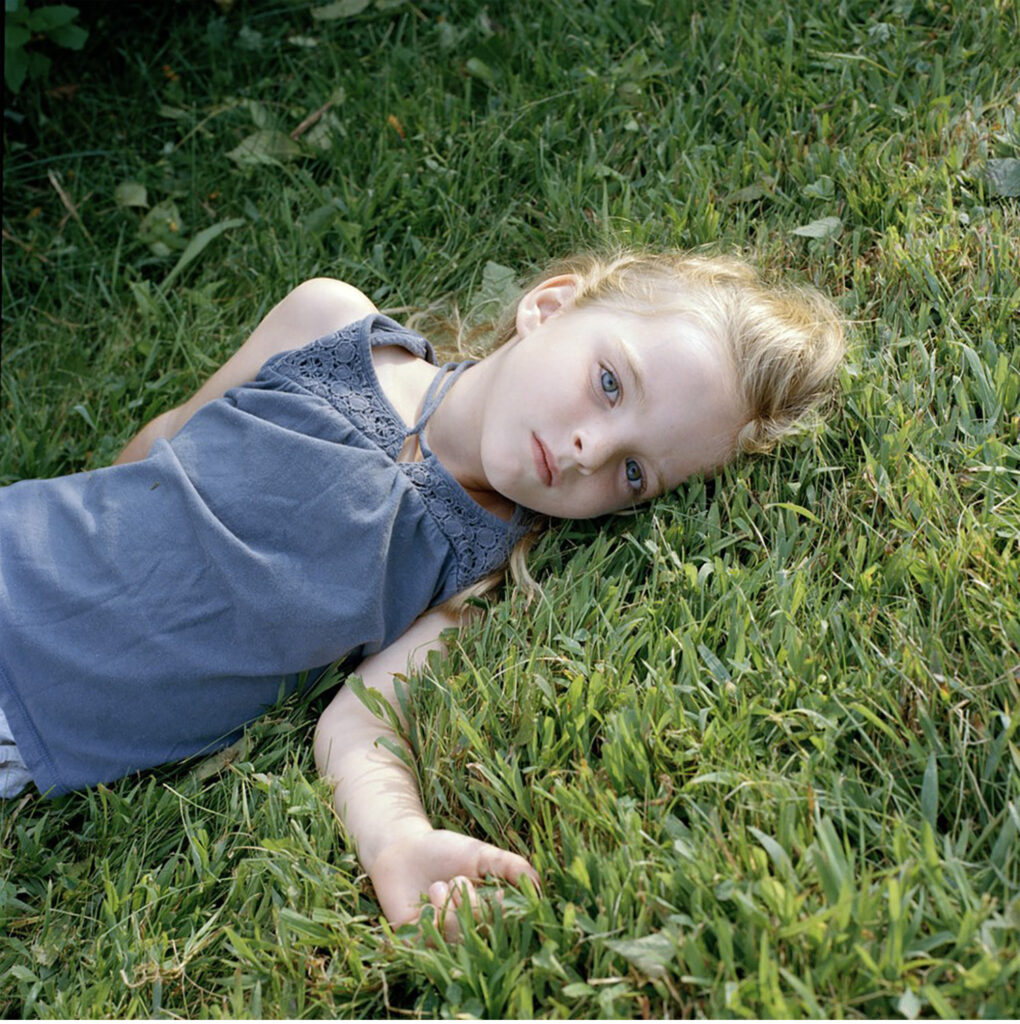
MW: I think the approach was largely the same across the ten artists; the student researchers were trying to gather combinations of biographical information and ideas that were in circulation with each of the artists’ works and tried to weave that together in the very succinct format of a wall label. It’s such a great exercise, and I love bringing successive generations of students into the ritual and tradition of writing a museum label! Like, “what is the kernel of information that we have the opportunity to draw forward in this very concise form?” Because there are so many different strategies for tackling these kinds of central issues, right? For example, I think about Joyce Tenneson’s work, and her activism, which I feel manifests in terms of body image, and in terms of an anti-ageist perspective.
LGA: I love that Tenneson’s work in this show celebrates the visibility of older women: their experiences, that part of their lives. The title is so evocative – “Wise Women.”
MW: It’s a way of honoring cultures that celebrate older women especially, as well as older people in general; they’re honoring their lived experience: what perspectives have they gained. And I think that the students seem to really respond to that particular aspect, unanimously, which I was encouraged to see. That didn’t require any prompting.
LGA: That’s wonderful. She envelops her subjects in a kind of special light, like tangible reverence. Some of it’s coming from the outside, and some coming from the inside… a kind of glow. I also really admire that some of the subjects are celebrities, and others are someone she met at a wedding, or in an elevator and was just struck by the integrity of their presence. So there’s a kind of leveling going on.
MW: Yes, yes. A democracy of just being in somebody’s body.
LGA: Mark, thank you so much. This is really a pleasure as always to talk to you. I’m optimistic about the future of photography heralded by the brilliant women photographers in these shows!
MW: Anytime, Linda, have a great New Year!
Lehigh University Art Galleries – Bethlehem, PA. 18015
A four-part exhibit showing through May 27, 2022 luag.org

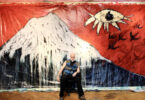
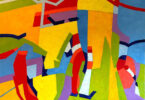
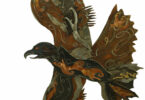

Leave a Comment